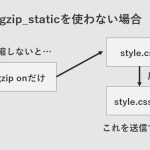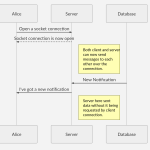日常应用中,我们经常会在php里面用到基于文件系统直接输出一个文件的方法,例如:
//////////////////////////////////代码一///////////////////////////////
fclose($fp);
///////////////////////////代码一/////////////////////////////////////
在Linux 2.4+内核版本里面,有了一种新的文件输出方法,那就是sendfile()。在2.6内核里面升级为了 linux-aio-sendfile。Sendfile()的方法是属于内核中的操作,”能把一个文件从特定部分开始的特定块通过一个socket发送出去,从而避免了多次调用read和write的内核上下文和用户上下文切换的开销,并且由于其内部实现利用了mmap技术,也减少了内存的复制开销”,速度比文件系统层的read要快上N++倍。
在Lighttpd中,首次出现了通过程序通知服务器基于X-sendfile的方法,即:
Php程序:
Lighttpd:
由于lighttpd的这个特性,使得其纯静态文件服务器的性能有了一个质的飞跃。
同样上述方法在Nginx中对应的是:X-Accel-Redirect,叫法不一样,干的是同一件事情。
在apache 2.x版本中,在编译的时候,apache也会检测内核版本,然后决定是否支持sendfile()的方法,也就是说只要2.4以上的内核版本,apache 2.x里面也是支持sendfile()的。不过apache本身并没有提供给cgi任何内部接口给php使用,于是有人写了一个模块,名字就叫作
编译方法:libtool的版本为1.5.6版本
Httpd.conf 配置方法:
XSendFile on
使用方法:我们将代码一简化为一行:







